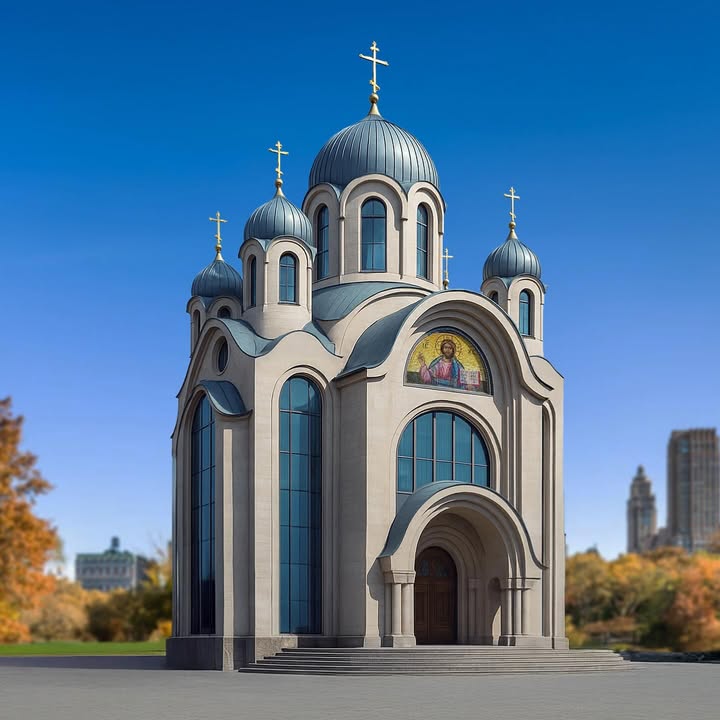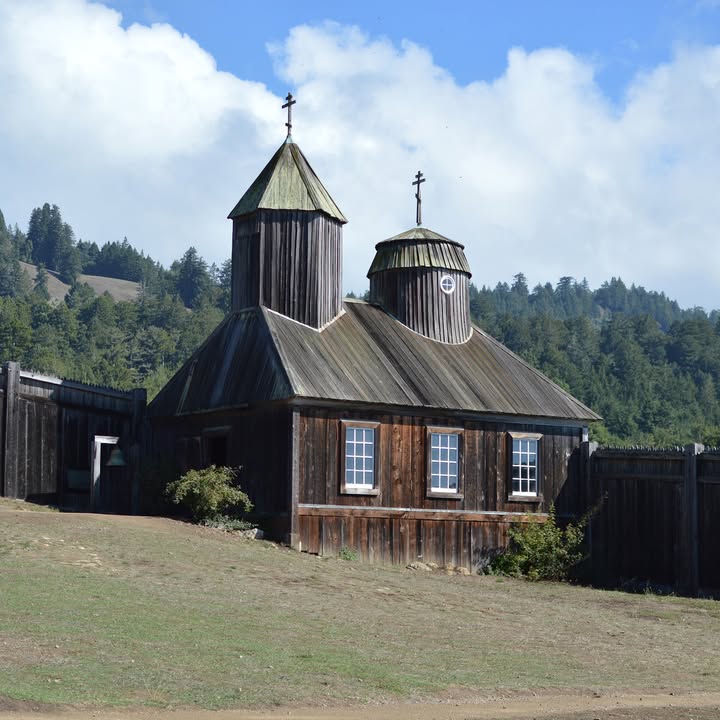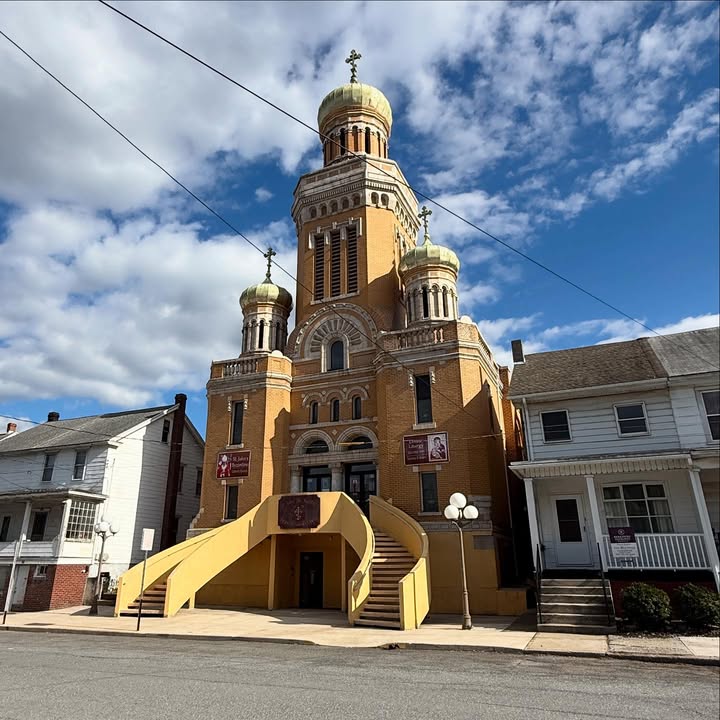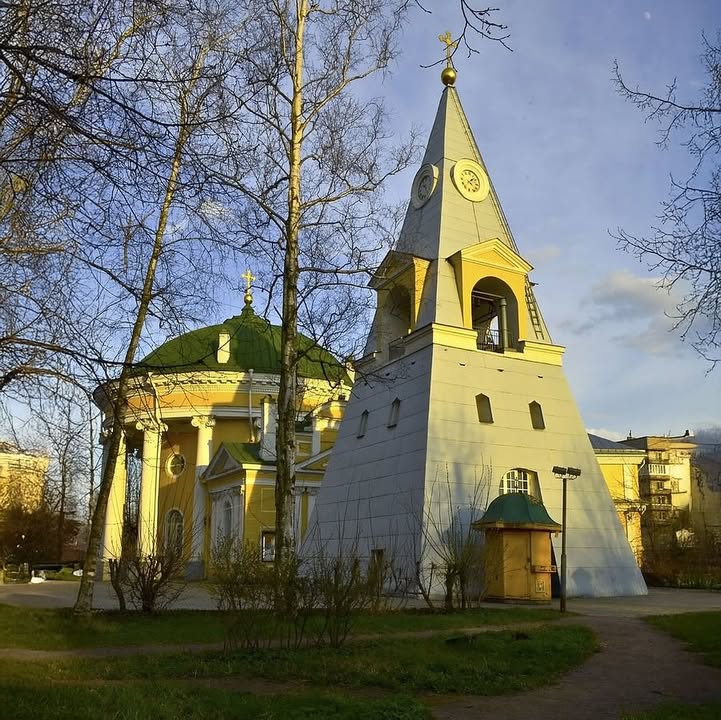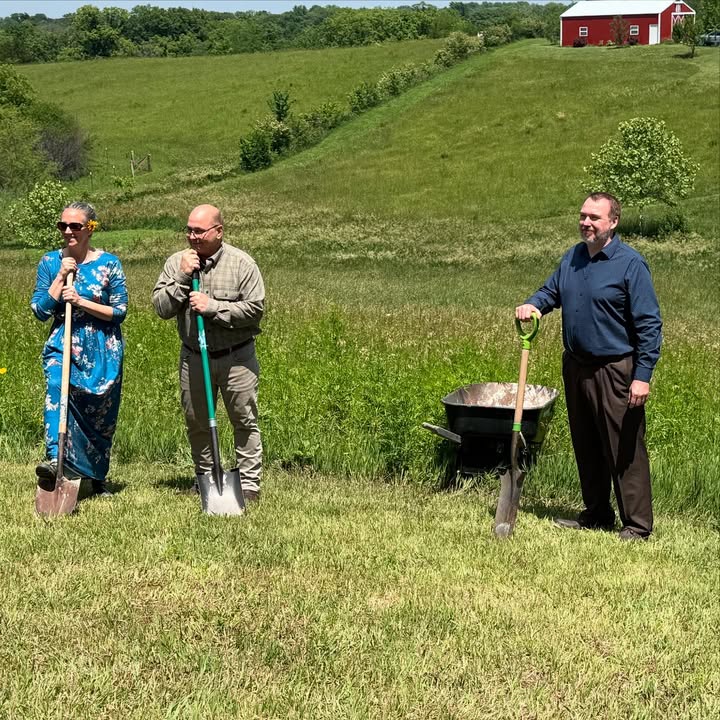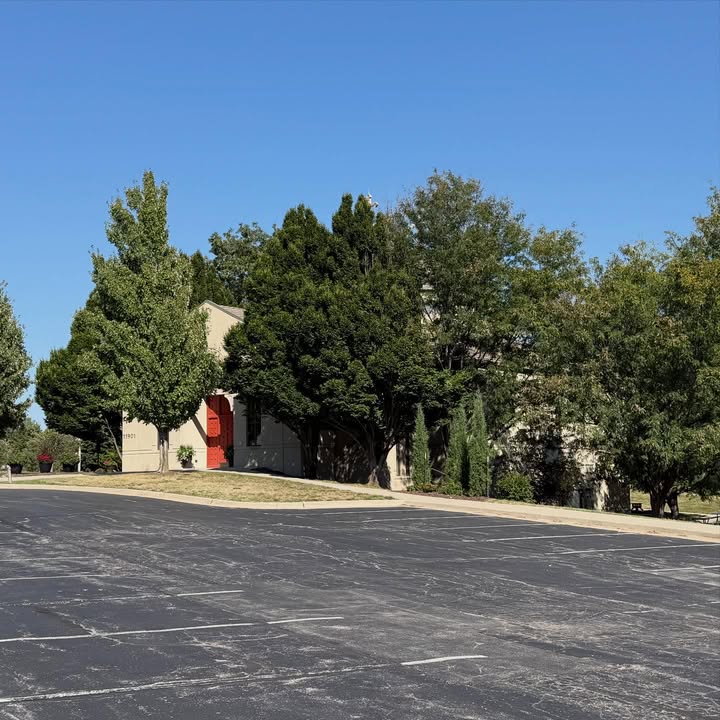Where does tradition end and innovation begin? That question has…
Where does tradition end and innovation begin?
That question has haunted me ever since I began working with Orthodox church architecture. I’ve seen bold, even brazen designs—especially outside of Russia—where churches are drafted with the same indifference as a warehouse or condo. It’s not hard to understand: architects want to stand out, to impress, to innovate. But at what cost?
Sure, you can pray in a barn. Many immigrants did, especially here in the U.S., when the Orthodox diaspora was just finding its footing. But where, then, is the beauty of the faith? Where are the graceful contours, the sacred geometry, the quiet reverence built into every line of a true Orthodox church?
Over the thousand-year history of Orthodoxy (yes, over a millennium!), sacred architecture evolved slowly, gracefully—like light filtering through an old icon. Only twice did we witness tectonic shifts: during Patriarch Nikon’s 17th-century reforms, and at the turn of the 20th century, with the whirlwind of industrial modernity and its stylistic pendulum swings—from austere to ornamental excess.
Today, I believe we’re standing at the threshold of a new chapter. One that embraces space and light, that welcomes nature into the sanctuary—through sweeping stained glass, open volumes, and a softening of boundaries between the sacred and the created world. This image is my gentle first step into that idea.
Perhaps next time, I’ll dare to propose even bolder visions. #molodin #aleksandrmolodin #molodinarchitrct #orthodoxarchitecture #sacredgeometry #churchvision #designwithspirit #futurefaithspaces

